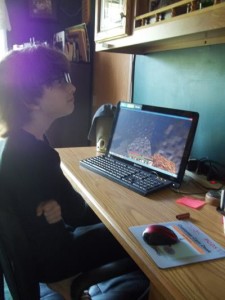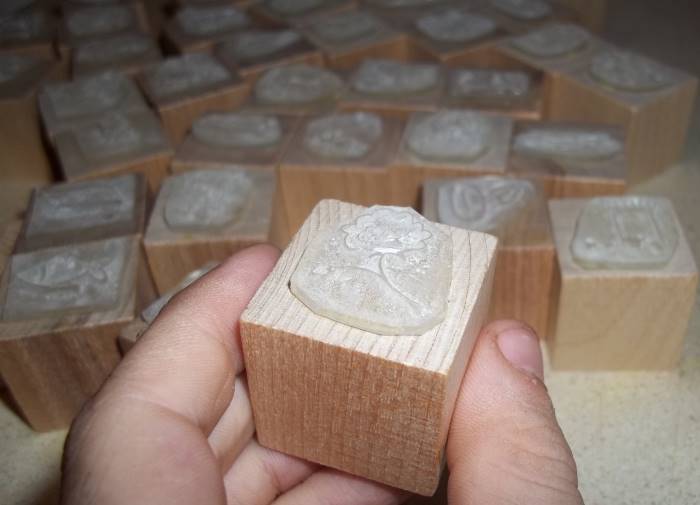Keys of the Universe Elementary Videos
The premise behind offering Keys of the Universe (and later Keys of the World) was and continues to be to offer support to homeschool families and small schools looking to provide a Montessori-based education and life experience for their children – to support those who cannot yet (or never will be able to) take full training.
Keys of the Universe and Keys of the World are not about and never been about “selling albums” – but about providing support: mentoring. The mission was to build a community of support for those meeting the needs of their individual children. Not all people have joined the online support with its growing number of resources, including many who paid for it, preferring instead to purchase and utilize the albums only. This has always been a personal choice to meet the personal needs of each family and teacher who utilizes this resource.
To clarify recent confusion regarding the difference between selling albums and providing a mentoring relationship, Keys of the Universe is being restructured, with Keys of the World soon to follow. I do not sell my albums; I sell you a piece of my heart, my passion for education as an aid to LIFE.
- As an online mentor, I am providing videos for presentations and some of the theory-based talks. See this Kickstarter campaign for more information.
- I really want to require all people to join the discussion community, but I can’t do that easily without making the link to it more public. Thus, the online support link access will continue to remain a highly-encouraged option.
- For those people working with children in a homeschool environment, child guidebooks are being made available as a way to fill in for the difference in a large-group peer-based environment.
The websites to access Keys of the Universe and Keys of the World:
Keys of the Universe continues to be the main site: https://keysoftheuniverse.com
Once the platform is ready, individual albums and videos as well as individual chapters within the albums, will be available for purchase directly on this main site – for elementary and adolescence.
Downloadable and purchased materials will also be added soon.
Keys of the Universe Course Site: https://keysoftheuniverse.com/elementary
This site will continue to offer access to individual albums OR all subjects – with the continued option for 2 monthly plans or a reduced-price full-pay/access.
Each course available on this site, will include all the pdfs for the various subjects with the corresponding video segments as the videos are ready.
*****If you are already a member of a course on this site, the videos will be added to the courses you are already in; the price is being raised a small amount to accommodate the videos and the child-guide books that are also in-progress. If you are doing the monthly version, the price is being raised for future months – so you get videos added into what you have already paid for and will only see the price difference going forward. If you have paid in full, you’ll have access to all.
Short story? What you have already paid for, you will soon see the related videos as well. What you have not yet paid for, you will see a slight increase:
- 8-payment option is now $50 each ($65 for the first month)
- 16-payment option is now $25 each ($40 first month).
Why the increase on the first month? Because with that month, you get access to the discussion community which has resources for the full gamut of elementary Montessori, as well as the videos that correspond with the album portions provided in that first month.
The discussion community link (“online support” – with downloadable materials, discussion forums, detailed scope/sequence, etc.) will continue to remain a private link (you gain access when you have paid for the online support at one of the various purchase sites).
Garden of Francis will continue to carry album options and the downloadable materials, with the additions of the video options as they are ready.
http://gardenoffrancis.com
Keys of the World will be available in the near future to purchase primary (ages 3-6) albums and videos – and (in a few months) Infant-Toddler resources.
http://keysoftheworld.com






